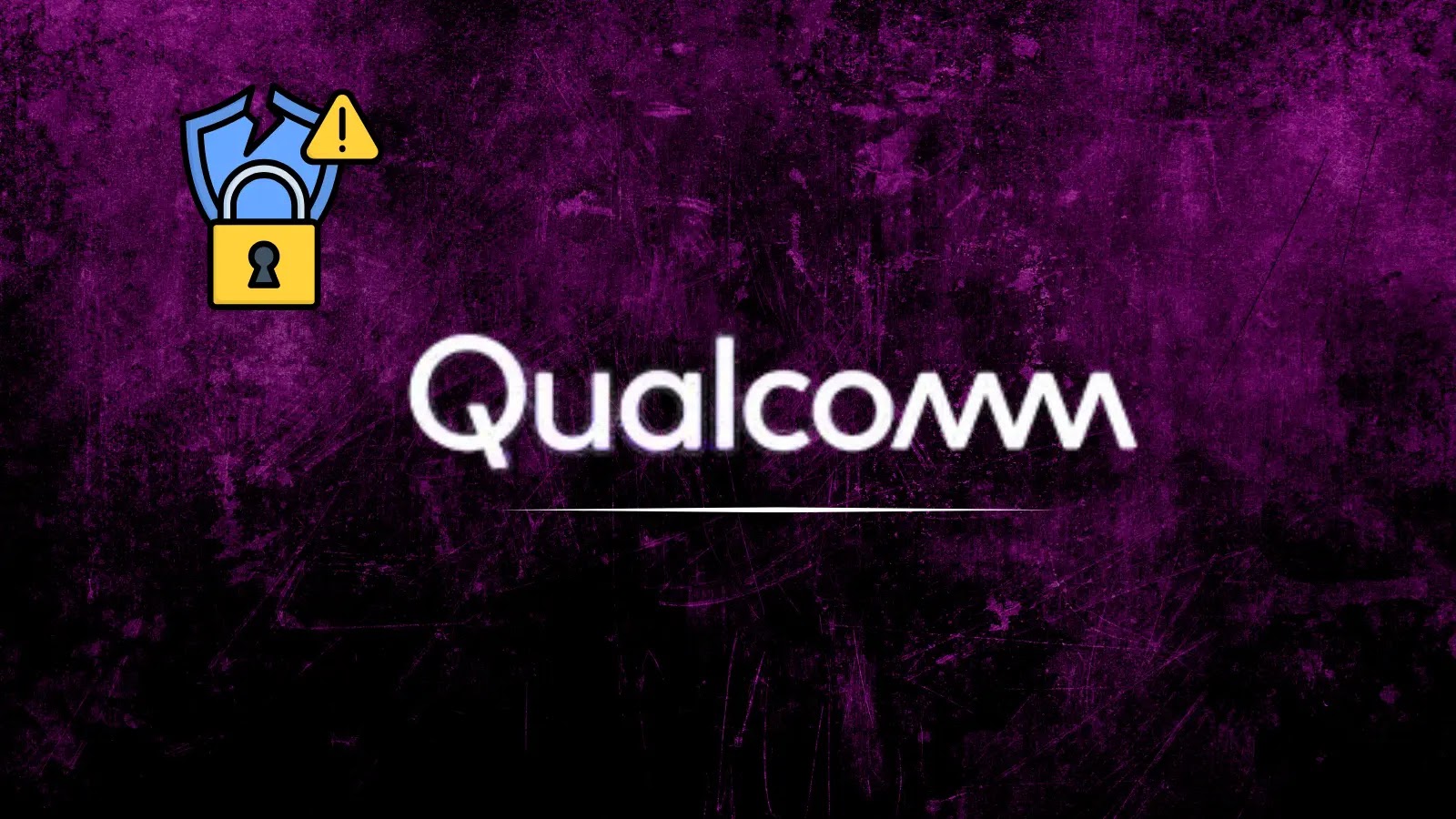Introduction
In early August 2025, Pandora, the renowned Danish jewelry company, disclosed a significant data breach that compromised customer information through a third-party vendor platform. This incident underscores the escalating threats in the digital landscape, particularly those targeting supply chain vulnerabilities.
Details of the Breach
Pandora’s breach notification revealed that unauthorized parties accessed customer names, phone numbers, and email addresses. Crucially, sensitive data such as passwords, credit card details, and other confidential information remained secure. The breach was traced back to a third-party service provider’s platform, highlighting the risks associated with interconnected digital ecosystems. ([techradar.com](https://www.techradar.com/pro/security/pandora-confirms-data-breach-customer-data-stolen-heres-what-we-know?utm_source=openai))
Attack Vector and Methodology
The attackers exploited vulnerabilities within Pandora’s supply chain by targeting a third-party vendor. This method aligns with the MITRE ATT&CK framework’s T1199 tactic, where adversaries leverage trusted relationships to gain initial access. Such supply chain attacks have become increasingly prevalent, as cybercriminals recognize the potential of infiltrating organizations through their partners. ([beyondmachines.net](https://beyondmachines.net/event_details/pandora-jewelry-confirms-data-breach-caused-by-third-party-platform-attack-k-a-m-s-w?utm_source=openai))
Potential Perpetrators
While Pandora has not publicly identified the attackers, reports suggest that the ShinyHunters extortion group may be responsible. This group is notorious for targeting Salesforce environments through social engineering and phishing campaigns. Their tactics often involve impersonating IT support to deceive employees into granting access to sensitive systems. ([beyondmachines.net](https://beyondmachines.net/event_details/pandora-jewelry-confirms-data-breach-caused-by-third-party-platform-attack-k-a-m-s-w?utm_source=openai))
Pandora’s Response
Upon detecting the breach, Pandora’s Incident Response Team acted swiftly to contain the threat. Measures included implementing network segmentation and enhancing access controls to prevent further unauthorized access. The company also bolstered its Security Information and Event Management (SIEM) systems and deployed additional Endpoint Detection and Response (EDR) solutions. A comprehensive forensic analysis is underway to assess the full scope of the incident. ([techradar.com](https://www.techradar.com/pro/security/pandora-confirms-data-breach-customer-data-stolen-heres-what-we-know?utm_source=openai))
Customer Advisory
Pandora has proactively informed affected customers about the breach, advising them to remain vigilant against potential phishing attempts. The company recommends that customers avoid clicking on links or downloading attachments from unknown sources and to verify any suspicious communications through official channels. ([techradar.com](https://www.techradar.com/pro/security/pandora-confirms-data-breach-customer-data-stolen-heres-what-we-know?utm_source=openai))
Broader Implications
This incident is part of a larger trend of cyberattacks targeting major global companies through their Salesforce instances. Threat actors have been conducting social engineering and phishing campaigns to steal credentials or trick employees into authorizing malicious applications. These attacks highlight the importance of securing third-party platforms and the need for organizations to implement robust security measures across their entire digital ecosystem. ([beyondmachines.net](https://beyondmachines.net/event_details/pandora-jewelry-confirms-data-breach-caused-by-third-party-platform-attack-k-a-m-s-w?utm_source=openai))
Conclusion
Pandora’s recent data breach serves as a stark reminder of the vulnerabilities inherent in supply chain relationships and third-party platforms. Organizations must adopt a zero-trust architecture and continuously monitor all vendor interactions to mitigate such risks. Customers are urged to stay alert to potential phishing attempts and to follow best practices for online security.



